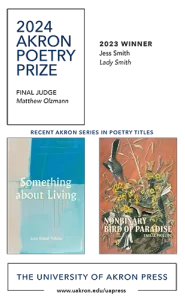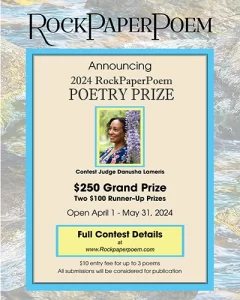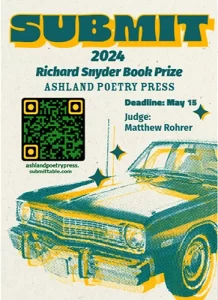Sakura Review – Spring 2012
Volume 3
Spring 2012
Biannual
Sarah Carson
Upon reading Volume III of Sakura Review, I had an immediate interest in finding out what the word “Sakura” referred to. I, of course, went first to Wikipedia where I learned that “sakura” might refer to “the Japanese term for ornamental cherry blossom trees and their blossoms.”
Upon reading Volume III of Sakura Review, I had an immediate interest in finding out what the word “Sakura” referred to. I, of course, went first to Wikipedia where I learned that “sakura” might refer to “the Japanese term for ornamental cherry blossom trees and their blossoms.”
“Ahhhh…” I said to myself (ok, not literally), this made sense not only because the cover of the issue featured a little pink flower, but more because the common theme I found in the well-crafted but widely varied choices of work featured in the issue was the precision of language featured in each piece. Each story, poem, and story/poem in the journal made use of its imagery with expert specificity and concision, in much the way the cherry blossom symbolizes the impermanence or transience of life (also according to Wikipedia). From its lovely minimalist cover to the issue’s last story, each piece buzzes with the tension of what is said and what is not said, of what the images the reader is left with and what they all mean.
I don’t think any work in the issue exemplifies this sentiment better than Joshua Ware’s “My Cinematographies II and IV”—two tiny poems carefully balanced between the pictures they evoke and what is left unsaid: “An invisible ball,” Ware writes in “My Cinematographies II,” “ricochets between invisible racquets. / Volleys echo / and re-echo / in the artist’s ear, murder / in a photograph.”
There’s also Nathaniel Hunt’s “The Fig Tree” an entire poem told in just three stanzas and two images that says “there’s only one way / to bear fruit”:
a wasp
wandering from blossom to blossom
on a wet spring day
and the jaws
of a flower closing, closing
around my body.
Of course, not all of the work in the issue is so short, but it is all just as precise in its telling, like George Bishop’s “On Telling a Story More than Once” in which a butterfly longs to go back to his days as a caterpillar. The narrator’s voice is absolutely pitch perfect, and, again, it’s the visuals that make the caterpillar’s plight so heartbreaking as Bishop writes: “Just once / he wished his wings would fall / off when he stopped—he wanted / to blend again, inch away. Direction / was hopeless—rescued by instinct / he didn’t know was his, he’s been / lured to flowers without knowing why . . .”
This same beautifully succinct storytelling is evident in the fiction in the issue as well, like Robert Yune’s “Wrens,” the short story of a fresh-from-the-academy police officer who is patrolling her hometown when she notices a missing stop sign. The young officer seems more at home watching the spot where the stop sign once stood and “listening to her scanner and the wrens,” than in the people driving past her. Officer Posnaski catches her reflection “in the cruiser’s window, herself with an arm out, as if asking them to slow down, as if reaching for something.”
It should be no surprise, then, that I found this third volume of the Sakura Review to live up to its name. The poignant, carefully-crafted pieces in this journal come together as one issue as not many do in today’s literary journals. The Sakura Review editors seem to know their voice and their mission, and it has certainly paid off here.
[www.sakurareview.com]




